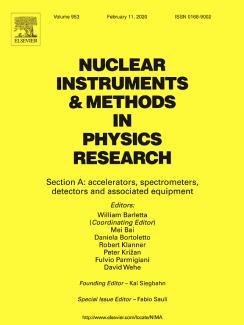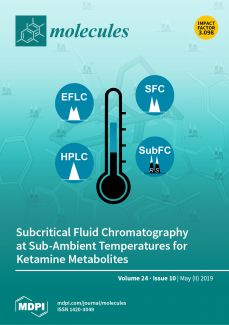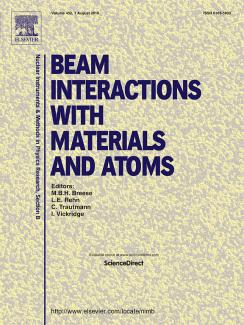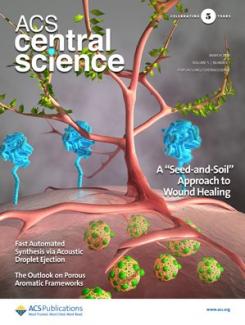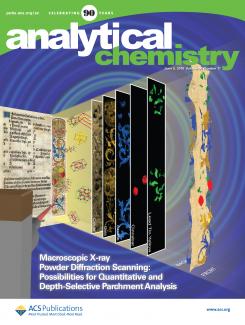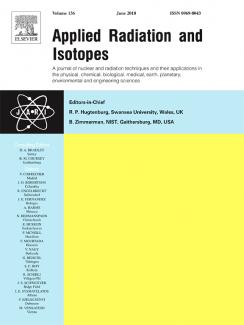Recent efforts in using radioactive isotopes in vivo have provided creative solutions to numerous global health problems. (1−18) Consider that positron and X-ray emissions from isotopes like 18F, 82Rb, 68Ga, 99mTc, and 201Tl now find widespread use in imaging technologies to treat millions of patients worldwide each year. (19−22) Equally exciting is the potential for harnessing particles emitted during nuclear decay to treat disease, e.g., cancer, bacterial infections, viral infections (like HIV), and other nonmalignant disorders (such as degenerative skeletal pain, Graves orbitopathy, and Gorham Stout syndrome).(23,24) Of numerous radionuclides that show promise, 119Sb is particularly interesting. This isotope decays by emitting K-edge and conversion electrons, collectively called Auger electrons. The 119Sb attraction originates from the low energy (∼20 keV) of these Auger electrons, which results in short biological path lengths (∼10 μm) that are comparable with the diameter of many human cells. (25) Hence, therapeutic targeting with 119Sb provides a unique opportunity to deliver a lethal dose of radiation to a targeted diseased cell while leaving the adjacent healthy tissue unharmed. (26−30) The potential for patient recovery along with little to no hematological toxicity (no negative side-effects) is extraordinary in comparison to nontargeted treatment methods, i.e., nontargeted chemotherapy.



